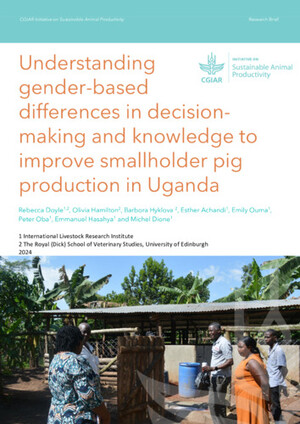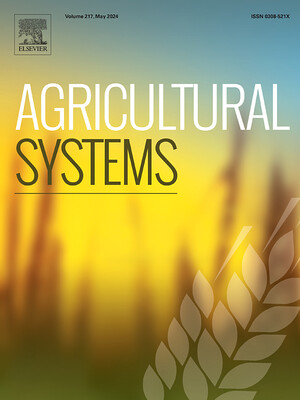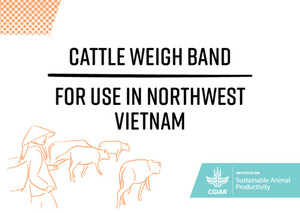
Current situation of cavy production in Cameroon: Challenges and opportunities
Abstract
The review looks at the current status of cavy production in Cameroon and situates cavy culture in the area of their contribution to meat production, income generation for cavy farmers in Cameroon. It also reviews research and development of cavy culture in Cameroon. It indicates that cavy culture is an affordable way out of malnutrition for rural women and their families as well as a sustainable way of income generation for these women. It highlights the work done by the various promotion agencies like Heifer international Cameroon and the programme for the support of non-conventional livestock production (PAPENOC) in capacity building for cavy farmers as well as providing material support (improved animals, forage resources and veterinary care). It stresses the need for capacity building for cavy farmers as a means of promoting cavy culture in Cameroon and summarises present and past student/staff research on cavies at the Faculty of Agronomy and Agricultural Sciences, University of Dschang in collaboration with the Institut de Recherches Zootechniques et Vétérinaires (presently Institute of Research for Agricultural Development-IRAD). Development needs are also summarised in the challenges for research on breeding and selection, nutrition, animal health and management practices. The paper indicates that cavy production in Cameroon will have a face lift as a new project on ‘Harnessing husbandry of domestic cavy for alternative and rapid access to food and income in Cameroon and the eastern Democratic Republic of the Congo’ has been implemented since early 2012. It concludes that this project offers a golden opportunity to move the agenda for domestic cavy production forward in Cameroon.
Citation
Niba, A.T., Meutchieye, F., Fon, D., Laisin, A.G., Taboh, H., Njakoi, H., Bela Tomo, A., Maass, B.L., Djikeng, A., Manjeli, Y. 2012. Current situation of cavy production in Cameroon: Challenges and opportunities. Livestock Research for Rural Development 24(11): Article #194.










